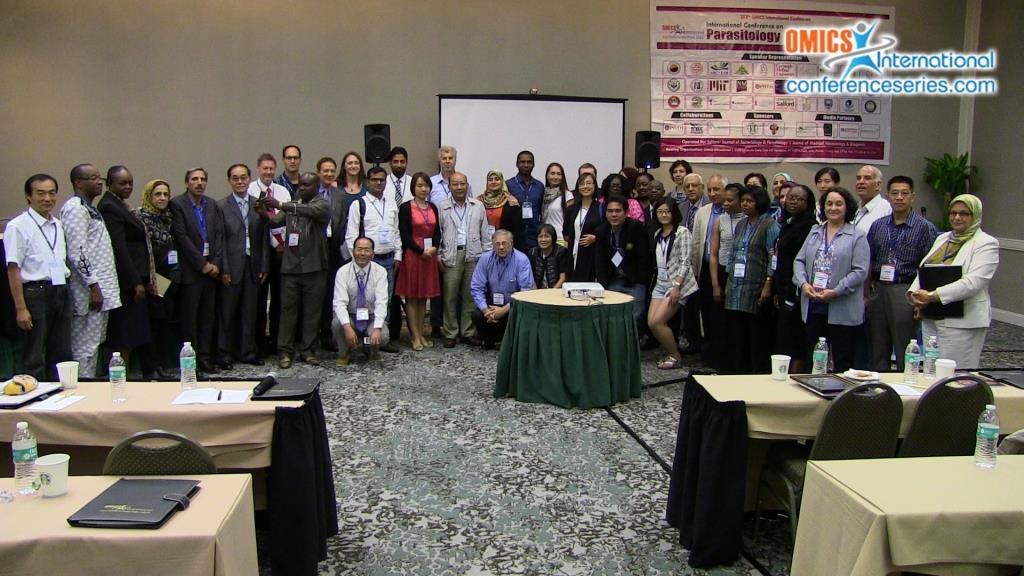
K. K. Ngele
Federal University Ndufu Alike, Nigeria
Title: Conifections of Urinary and Intestinal Schistosomaisis infections among Primary School Pupils of selected schools in Awgul.G.A., Enugu State, Nigeria
Biography
Biography: K. K. Ngele
Abstract
A study on the co-infections of both urinary and intestinal schistosomiasis was carried out among selected primary schools which include; Central Primary School Agbaogugu, Akegbi Primary School, Ogbaku Primary School, Ihe Primary School and Owelli-Court Primary School in Awgu Local Government Area, Enugu State Nigeria between November 2012 to October 2013. Sedimentation method was used in analyzing the urine samples and combi-9 test strips were used in testing for haematuria, the stool samples were parasitologically analyzed using the formal ether technique. A total of six hundred and twenty samples were collected from the pupils which include 310 urine samples and 310 stool samples. Out of the 310 urine samples examined, 139(44.84%) were infected with urinary schistosomiasis, while out of 310 stool samples examined, 119(38.39% were infected with intestinal schistosomiasis. In carring out the statistical analysis, it was found that urinary Schistosomiasis is significantly higher at (p< 0.05) than intestinal schistosomiasis. Children between 12-14years were the most infected with both urinary and intestinal schistosomiasis with prevalence of 45(14.84%) and 48(15.48%) respectively, while children between 3-5years were the least infected with both urinary and intestinal schistosomiasis 30(9.68%) and 25(8.06%) respectively. The percentage prevalence of co-infections of both urinary and intestinal Schistosomiasis is significantly higher at (p< 0.05) among the pupils between the ages of 3-5 years. Infections among schools show that pupils from Akegbi Primary School had the highest prevalence of infection for both urinary and intestinal Schistosomiasis 37(11.94%) and 32(10.32%) respectively. The total prevalence of urinary schistosomiasis infection using combi-9 test strips was 181(58.39%). The egg intensity for both urinary and intestinal Schistosomiasis were 154 eggs and 96 eggs of schistosoma ova respectively. The study also revealed that 55(27.5%) of the total number of pupils sampled had mixed infections of both urinary and intestinal schistosomiasis. However, the results of the study had revealed high prevalence of both urinary and intestinal Schistosomiasis infections in Awgu L.G.A Enugu State among the pupils. We recommend proper personal hygiene, health education on the mode the mode of transmission and the dangers of the disease on infected individuals.

